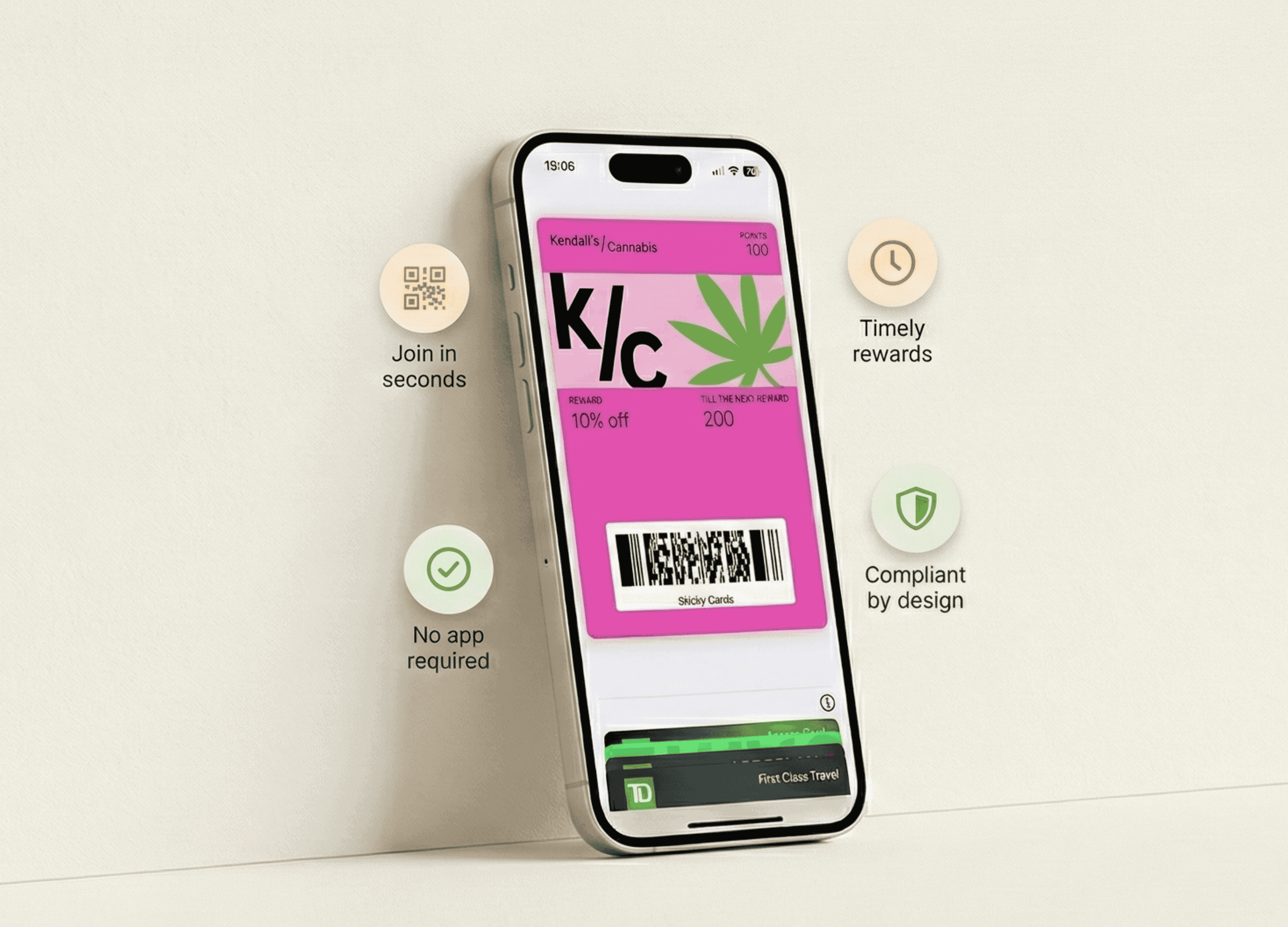Most cannabis retailers know how to prepare for 4/20 - but fewer are capitalizing on 7/10. Understanding the difference between these two major cannabis holidays is key to planning high-impact marketing campaigns, managing inventory, and capturing niche customer loyalty.
In this post, we’ll break down:
What 420 and 710 each represent in cannabis culture
How their consumer behavior differs
Why dispensaries should treat 7/10 like a second peak season
How to market to each group with smarter segmentation and messaging
What is 420? The Flower-Focused Holiday
April 20 (4/20) is the globally recognized cannabis holiday, rooted in stoner lore and mainstream acceptance. It’s centered around flower culture - joints, pipes, blunts, and group sessions.
Key traits of 420:
Mass-market appeal: ideal for wide campaigns
High volume: deals on all product categories
Broad events: concerts, festivals, social gatherings
New user-friendly: attracts first-timers and casuals
Consumer mindset: “Celebrate cannabis.”
Marketing tone: Festive, wide-reaching, inclusive
Product focus: Flower, pre-rolls, edibles, accessories
What is 710? The Concentrate Culture Holiday
July 10 (7/10), also called Dab Day, celebrates cannabis concentrates - oils, waxes, shatter, and vape carts. Flip “710” upside down and you get “OIL” - hence the name.
Key traits of 710:
Niche appeal: concentrate enthusiasts & connoisseurs
High AOV: products are potent and often premium-priced
Product-driven: focus on innovation, extraction, flavor
Loyalty-driven: dab fans return for quality, not just deals
Consumer mindset: “Celebrate the craft of concentrates.”
Marketing tone: Elevated, product-focused, exclusive
Product focus: Live resin, rosin, distillate, disposable vapes, rigs
Why the 710 vs 420 Difference Matters for Dispensaries
1. Segmenting by Consumer Behavior
420 buyers may shop only a few times a year and are more likely to explore entry-level or discounted products.
710 buyers tend to shop regularly and prioritize potency, purity, and experience.
Sticky Cards tip: Use purchase history filters to segment:
Flower or edible buyers → 4/20 promos
Vape or dab buyers → 7/10 campaigns
This makes messaging feel relevant and increases conversion.
2. Tailoring Your Marketing Strategy
Element | 4/20 | 7/10 |
|---|---|---|
Audience | Broad (all consumer tiers) | Niche (concentrate lovers) |
Messaging | Community, celebration | Quality, potency, flavor |
Best Channels | Email, SMS, in-store banners | Push notifications, loyalty SMS |
Product Bundles | Flower + rolling gear | Cart + battery, dab kits |
Content Focus | Deals, access, event invites | Exclusive drops, terpene guides |
Sticky Cards lets you automate push campaigns based on SKU tags, so you can send "Live Now" offers to just your dab cart buyers on July 10.
3. Planning Inventory Differently
For 4/20: Stock wide - flower, joints, gummies, pipes, apparel
For 7/10: Stock deep - top SKUs in live resin, rosin, and carts
Pro tip: Bundle high-end oils with accessories and use smart upsell offers triggered at POS or online checkout.
4. Timing Your Campaigns for Maximum Impact
4/20 lead-up: ~2 weeks
Schedule broad promotions
Activate foot traffic and volume discounts
Host large events
7/10 lead-up: ~7–10 days
Activate loyalty exclusives
Launch flash drops and limited-time bundles
Run educational content (how to dab, what’s rosin vs resin)
You can repurpose your 4/20 automation flows for 7/10 by simply adjusting SKUs, copy, and segmentation logic in Sticky Cards.
Make Both Holidays Work for You
Rather than treating 4/20 as your only peak, use 7/10 as a strategic mid-year sales event - one that rewards your high-value, concentrate-loving customers.
Operators who understand the difference between 420 and 710 can:
Personalize campaigns with precision
Maximize margins on premium products
Strengthen loyalty with niche audiences




